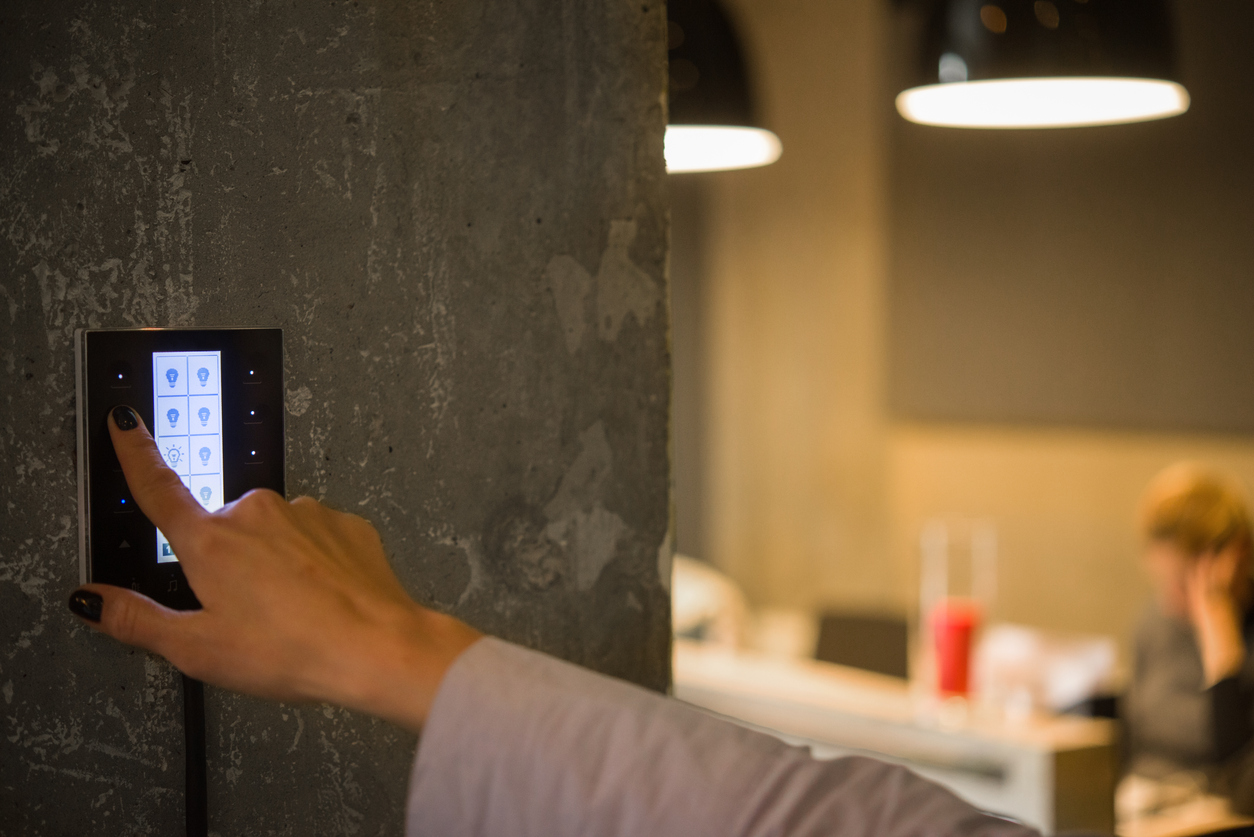Occupancy and lighting controls go together in several ways. For instance, an integrated lighting control system that knows people are still working in a particular area can keep relevant interior and exterior lights on until everyone leaves the premises. Likewise in case of emergency, lights in occupied areas should come on to expose safety issues like fire or intruders. Heating and cooling needs can also be detected through lighting controls and adjusted according to the building’s populated areas.
Today, integrating lighting controls into building automation systems (BAS) is becoming more of the norm than the exception. Also incorporating fire and life safety, security and HVAC (heating, ventilation and air conditioning) elements into such building management systems can not only provide enhanced life safety and security but also increase occupant comfort as well as energy savings – especially in campus settings.
Many older lighting systems have reached end-of-life and need major maintenance or replacement. Most structures built in the past 20 years have installed either occupancy sensors or a central lighting control system time-clock control and manual override. These are the key elements for integrating the lighting controls into a BAS.
Ideally, fire/life-safety and security components should also be included in the BAS, making it a comprehensive safety/security solution. Detecting building occupancy can also help augment occupant comfort and optimize energy savings when HVAC, power management and window shading components are added to a BAS. Linking these major building systems allows for monitoring status and exchange of commands, with each system capable of operating independently of the other while still coordinating important activities.
How Lighting, Security and Life Safety Are Connected
From a security point of view, light correlates with safety. Lighting, whether it is turned on or off, may be a better resource for security than previously thought. When the BAS shuts off lights after-hours, this usually indicates that nobody is in the vicinity. So the security system uses the light on/off status to monitor after-hour activities.
Lighting can also be used to alert security personnel of unauthorized activities. For instance, the security system in a high-security facility knows who is in the building, but it does not necessarily know where they are. So, having lights on in an area that should be vacant might notify security personnel of a potential intrusion.
The same is true in low-security facilities like schools and universities where having lights turn on during an unauthorized entry or break-in might deter the intruders. But more importantly, the lights will allow security personnel and the police to see who is there and what they are doing.
Lighting plays a big role in life safety as well. Contrary to popular belief, security lights are often not left on full brightness after-hours in order to meet energy code requirements. During emergency events like fires and evacuations, the ability to turn on all lights in hallways, stairwells and egress routes can reduce confusion and improve outcomes. Occupancy sensors and central systems are used to return the lighting to full brightness in case of emergency if they receive a signal from the security system.
In case of fire and smoke in the building, first responders and firefighters will be able to assess the situation better if the lights are at full brightness when they arrive. The building fire safety system can be integrated with the lighting controls to turn on the lights both inside and outside the building before first responders arrive.
One of the riskiest activities in school parking lots occurs when the band and athletic team return from an away game after midnight. The parking lot lights are usually off at that hour, with countless kids looking for their ride home in near-darkness. Existing parking lots have lights that take 15 minutes to warm up. Even if they had a parking lot override switch, it would take a while before the lights got bright enough to help.













